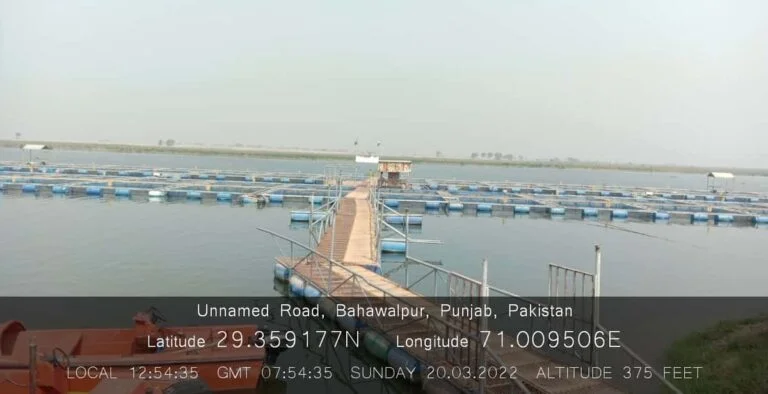Inland Cage Fish Aquaculture: A Comprehensive Guide

About Course
Inland cage fish aquaculture is rapidly emerging as a sustainable and efficient method of fish farming. As global demand for fish continues to rise, this technique offers a promising solution to meet the needs of both local and international markets, while utilizing existing inland water bodies like lakes, reservoirs, and ponds. Whether you’re a beginner looking to enter the aquaculture industry or a seasoned fish farmer seeking to optimize your operations, this comprehensive guide will equip you with the essential knowledge and skills to succeed.
This course delves into the fundamentals of inland cage fish farming, starting from the design and setup of fish cages to water quality management, species selection, and disease control. Each module is tailored to provide you with a step-by-step approach, ensuring that you grasp both the practical and theoretical aspects of managing a successful cage aquaculture system. We’ll also explore the environmental and regulatory considerations to help you operate sustainably and within legal frameworks.
Beyond the technical aspects, you’ll gain valuable insights into the economics of fish farming, learning how to analyze costs, improve profitability, and tap into lucrative markets. With case studies, real-world examples, and practical exercises, this course will not only broaden your understanding but also prepare you to make informed decisions that enhance the efficiency and sustainability of your aquaculture venture.
By the end of this course, you’ll be equipped with the tools and confidence to start or improve your inland cage fish farm, ensuring optimal production while minimizing environmental impact. Whether your goal is to produce fish for local consumption or to scale up for commercial markets, this course will serve as your roadmap to success in cage aquaculture.
Course Content
Module 1: Introduction to Inland Cage Fish Aquaculture
-
What is Inland Cage Fish Aquaculture?
00:00 -
Advantages and Challenges of Cage Aquaculture
00:00 -
Global and Regional Trends
00:00
Module 2: Types of Cages and Materials
Module 3: Suitable Sites for Inland Cage Aquaculture
Module 4: Fish Species for Cage Aquaculture
Module 5: Water Quality Management for Cage Aquaculture
Module 6: Cage Installation and Farm Setup
Module 7: Fish Nutrition and Feeding Management
Module 8: Fish Health and Disease Management
Module 9: Harvesting, Post-Harvest Handling, and Processing
Module 10: Economic Viability and Marketing
Module 11: Sustainability and Environmental Best Practices
Student Ratings & Reviews

